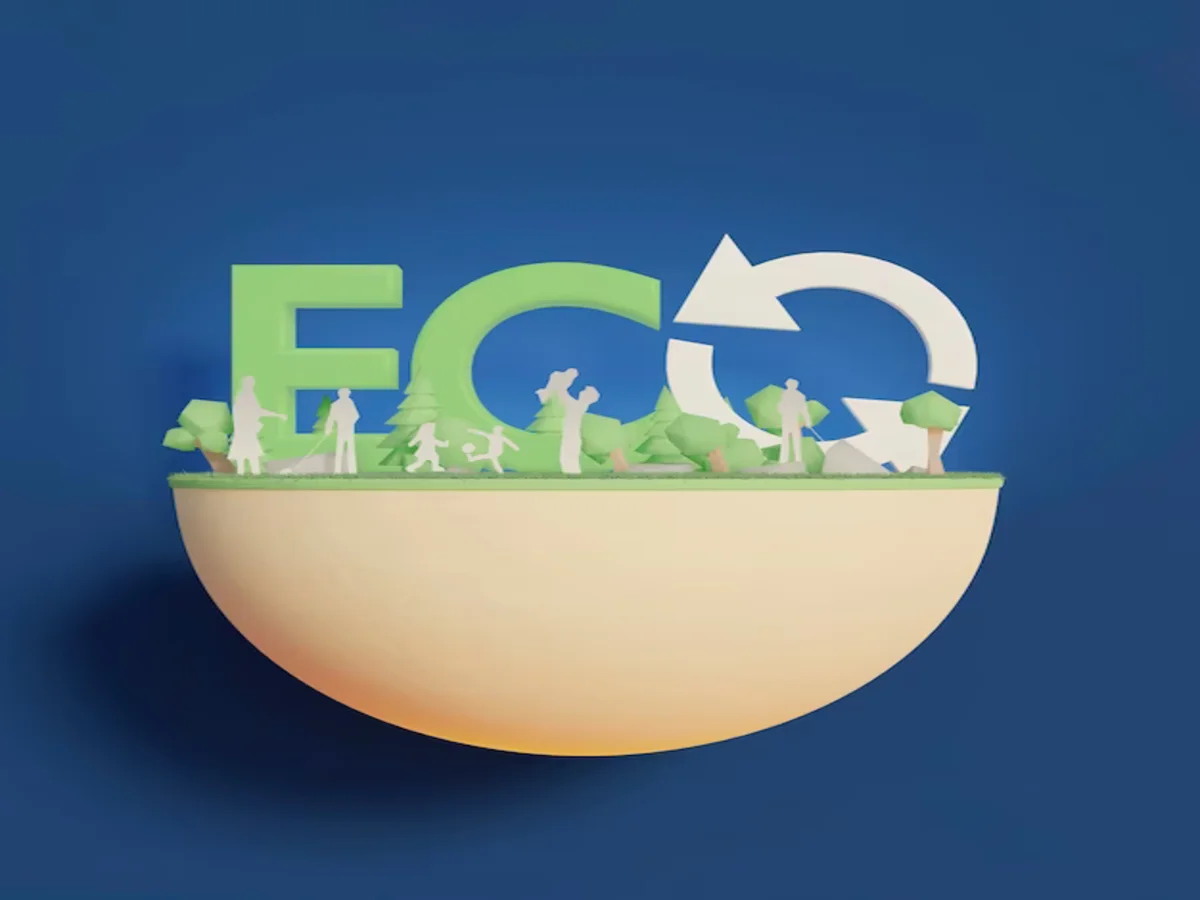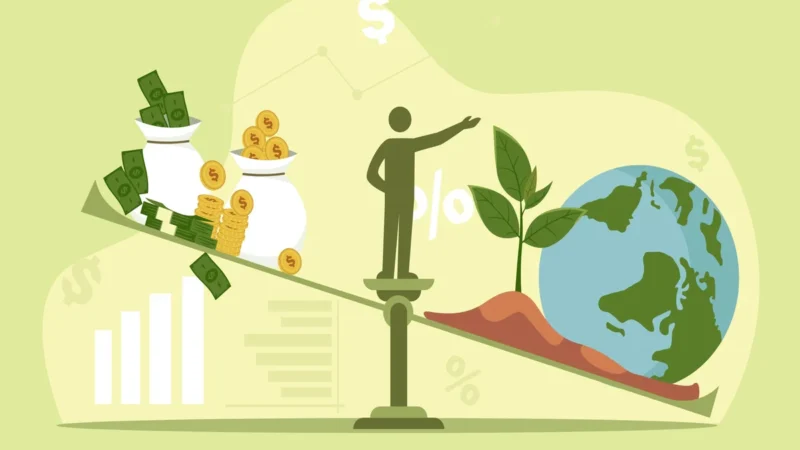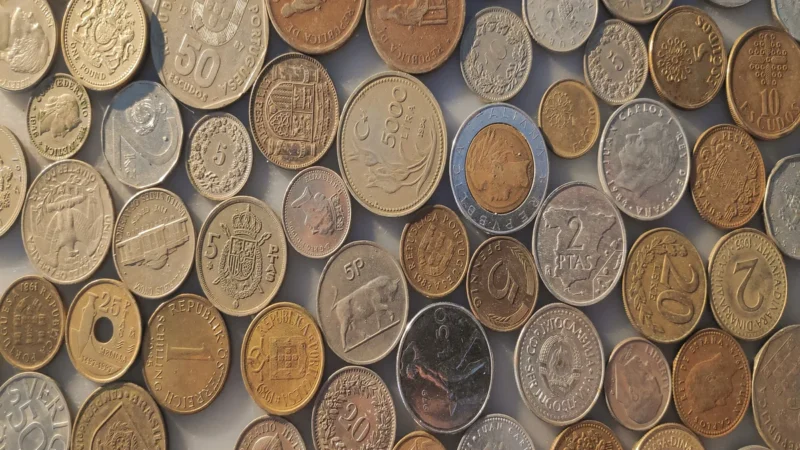The Circular Economy Revolution: Strategies for a Greener Future

In recent years, the concept of the circular economy has gained significant traction as a promising solution to combat the growing environmental challenges posed by linear consumption patterns. The circular economy revolution seeks to shift our current take-make-dispose model to a regenerative system that promotes resource efficiency, minimizes waste generation, and fosters sustainability. This comprehensive guide explores the strategies driving the circular economy movement and the potential it holds for creating a greener future.
1.Understanding the Circular Economy
In this section, we will delve into the fundamental principles of the circular economy. The circular economy is an economic system that aims to keep products, materials, and resources in use for as long as possible and extract maximum value from them during their lifecycles. We’ll explore the concept of resource loops, where products are designed to be repaired, reused, refurbished, or recycled to create a closed-loop system.
2. Benefits of the Circular Economy
Here, we’ll highlight the numerous benefits associated with embracing the circular economy. These advantages include a substantial reduction in waste generation, decreased resource depletion, lowered carbon emissions, and enhanced economic growth through innovative business models. Additionally, we’ll discuss the potential for job creation and improved social well-being within a circular economy framework.
3.Circular Design and Innovation
Circular design and innovation play a pivotal role in the circular economy revolution. This section will focus on the importance of sustainable design practices that prioritize durability, modularity, and ease of repair. We’ll also explore how companies can extend the lifespan of products through refurbishment and remanufacturing techniques. The integration of eco-friendly materials and biomimicry will be highlighted as key strategies for reducing the environmental impact of products.
4.Closing the Loop: Waste Management and Recycling
One of the central pillars of the circular economy is efficient waste management. We’ll discuss the waste hierarchy, which prioritizes waste prevention, reuse, and recycling over disposal. This section will also examine different recycling processes and technologies that enable the recovery of valuable materials from waste streams. Additionally, we’ll explore waste-to-energy solutions and upcycling practices that contribute to the circular economy’s objective of minimizing waste.
5.Circular Business Models
Circular business models are reshaping traditional commerce by fostering resource efficiency and customer engagement. This section will introduce various circular business models, such as Product-as-a-Service (PaaS), where customers pay for the use of a product rather than owning it. We’ll explore the sharing economy’s role in facilitating access to goods and services while reducing overconsumption. Additionally, reverse logistics and collaborative consumption will be examined as key elements of circular supply chains.
6.Policy and Regulatory Frameworks
Government support and regulatory frameworks play a crucial role in driving the circular economy revolution. We’ll explore the initiatives taken by governments worldwide to promote circularity, such as Extended Producer Responsibility (EPR) schemes. This section will also discuss the importance of sustainable procurement practices that encourage the adoption of circular products and services.
we can conclude this ,The circular economy revolution holds immense potential for creating a greener and more sustainable future. By adopting circular strategies, businesses and societies can transition towards a regenerative economic model that optimizes resource use and minimizes environmental impact. Embracing circular design, efficient waste management, innovative business models, and supportive policies will pave the way for a more resilient and environmentally conscious world.
FAQs
1.What is the circular economy, and how does it benefit the environment?
The circular economy is an economic system that aims to keep products, materials, and resources in use for as long as possible. This approach helps minimize waste generation, reduces resource depletion, and lowers carbon emissions, resulting in a greener and more sustainable environment.
2.How can I contribute to the circular economy in my daily life?
You can make a positive impact by practicing circular habits like recycling, repairing instead of replacing broken items, buying second-hand products, and supporting companies with sustainable and eco-friendly practices. Embracing the “reduce, reuse, and recycle” mantra can go a long way in supporting the circular economy.
3.What are circular business models, and how do they promote sustainability?
Circular business models focus on resource efficiency and innovative ways of delivering products and services. Examples include Product-as-a-Service (PaaS) and sharing economy platforms. By shifting from traditional ownership to sharing and renting, these models reduce overall consumption, leading to a more sustainable and collaborative economy.
4.Is the circular economy economically viable for businesses?
Yes, the circular economy can be economically beneficial for businesses. It encourages innovation, reduces production costs through resource efficiency, and opens up new revenue streams through services and product life extension. Embracing circular principles can drive business growth while positively impacting the environment.
5.How are governments promoting the circular economy?
Governments worldwide are supporting the circular economy revolution through various initiatives. These include Extended Producer Responsibility (EPR) schemes, which hold manufacturers accountable for their products’ end-of-life management, as well as incentives and grants for businesses adopting circular practices. Policymakers are also encouraging sustainable procurement and circular product design to drive the transition to a more circular economy.


